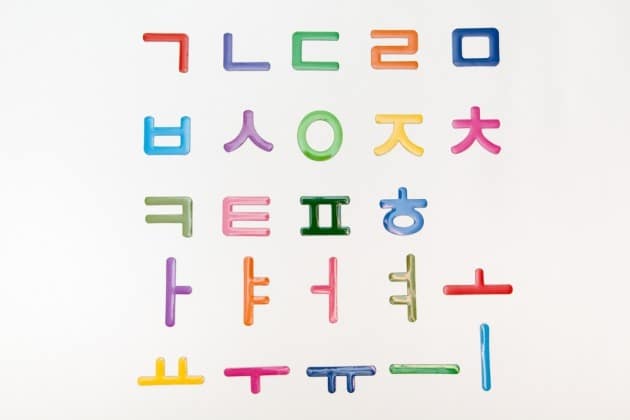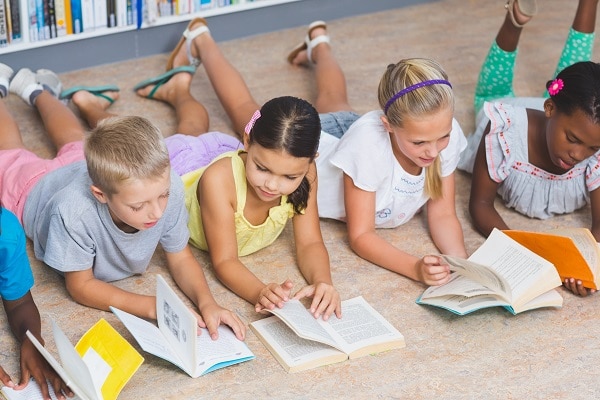5 Great Benefits of Learning Korean for Kids

Learning any foreign language delivers many benefits for children, especially in enhancing their academic performance and knowledge of other cultures. Most K-12, college and university students study Spanish or French at school. So why should children be learning Korean instead? Here we list five great benefits of learning Korean for kids and attending regular Korean classes.
1. Advancing Reading Skills
Different parts of the brain are activated when reading a non-alphabetic script. Korean writing, known as hangeul, is unique to the Korean language. It contains 14 consonants and 10 vowels. Korean writing is described as alphabetic syllabary. Take 한글hangeul, for example, the first syllabic block is han, the second syllabic block is geul. One syllabic block is made up of at least a consonant and a vowel, placed in a certain order. Each consonant and vowel is further composed of stroke orders. Plus, unlike English where words in a sentence are separated by spaces, Korean words are not necessarily separated by spaces. Reading hangeul requires more mental processing than reading alphabets. This process in turn makes it easier to read an alphabetic script for children.

2. Developing Strong Organizational Skills
The next benefit of learning Korean for children is again related to Korean unique writing. Unlike English where we simply write from left to right in one single line placing one letter after another to form a sentence, writing Korean script requires more organization and structure. In essence, one syllable block needs to be organized in two to four compartments within a block. The practice of arranging consonants and vowels into blocks following certain structures will help children develop strong organizational skills.
3. Advancing Cross-Cultural Skills
According to the Lewis Model developed by linguist and cross-cultural specialist Richard D. Lewis, cultures can be divided into three categories: Linear- Active, Multi-Active and Reactive. Some of the key characteristics of these cultural groups are:
- Linear- Active: talks half the time, polite but direct, job-orientated, confronts with logic, separates the social and professional
- Multi-Active: talks most of the time, emotional, people-orientated, confronts emotionally, interweaves the social and professional
- Reactive: listens most of the time, polite and indirect, very people-orientated, never confronts, connects the social and the professional
United States belongs to the first group (Linear-Active), Latin America belong to the second group (Multi-Active), and Korea belongs to the third group (Reactive). France is in between the Linear-Active and the Multi-Active.
It is advantageous to be familiar with all three cultural dimensions. And since language is the road map of a culture, learning languages that are greatly different from one’s own will broaden the cultural outlook of children.
4. Boosting Career Options
“One language sets you in a corridor for life. Two languages open every door along the way.” – Frank Smith
People have been learning foreign languages since a long time ago to facilitate trade. South Korea is a major trade partner of many countries. Learning the language of a trade partner will smoothen the working relationship between two parties, especially if the culture of the trade partner values connection and mixes the social and professional. An English-speaking child will benefit the most from learning a language from the Reactive group and the Multi-Active group. When they grow up and enter a diverse workforce, they are well-equipped to work effectively with people from different cultural groups.
5. Understanding Korean Films, Songs and Other Artworks
Many Korean films, songs, and books have become international favorites. Author Baek Hee-na recently won the world’s children literature prize, the Astrid Lindgren Memorial Award. It provides a great convenience to be able to understand the contents directly in Korean, as sometimes meanings can be lost when translated due to Korean unique culture. Being able to read Korean books, watch Korean films and sing Korean songs provide children with broader options for entertainment and education, beyond what is available in English and translated work.



